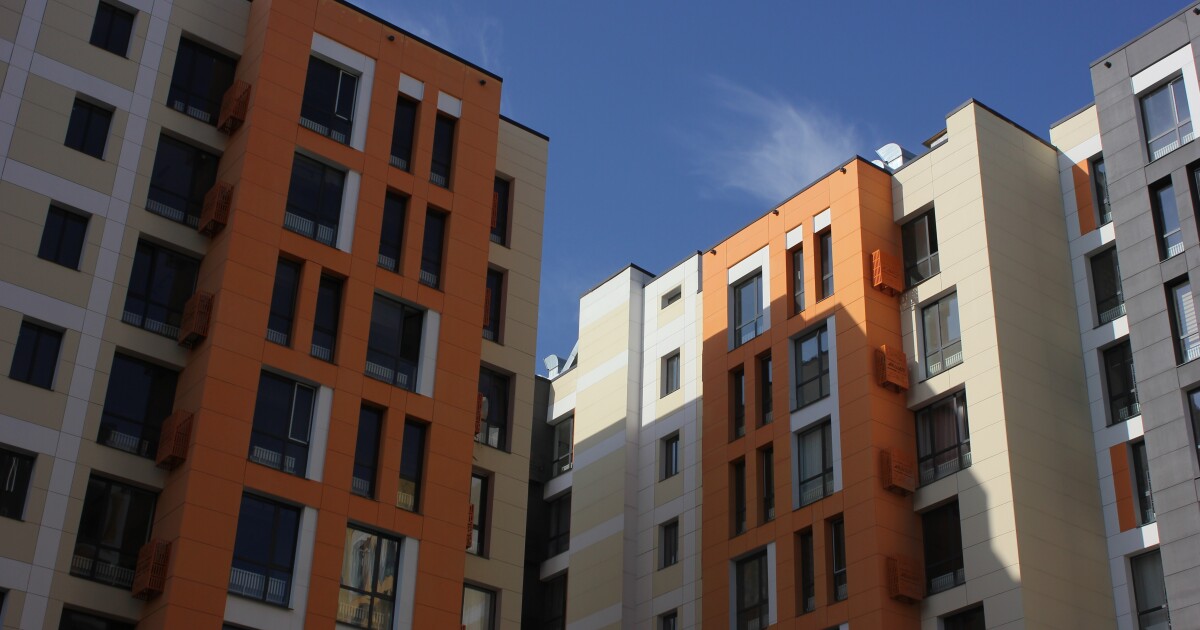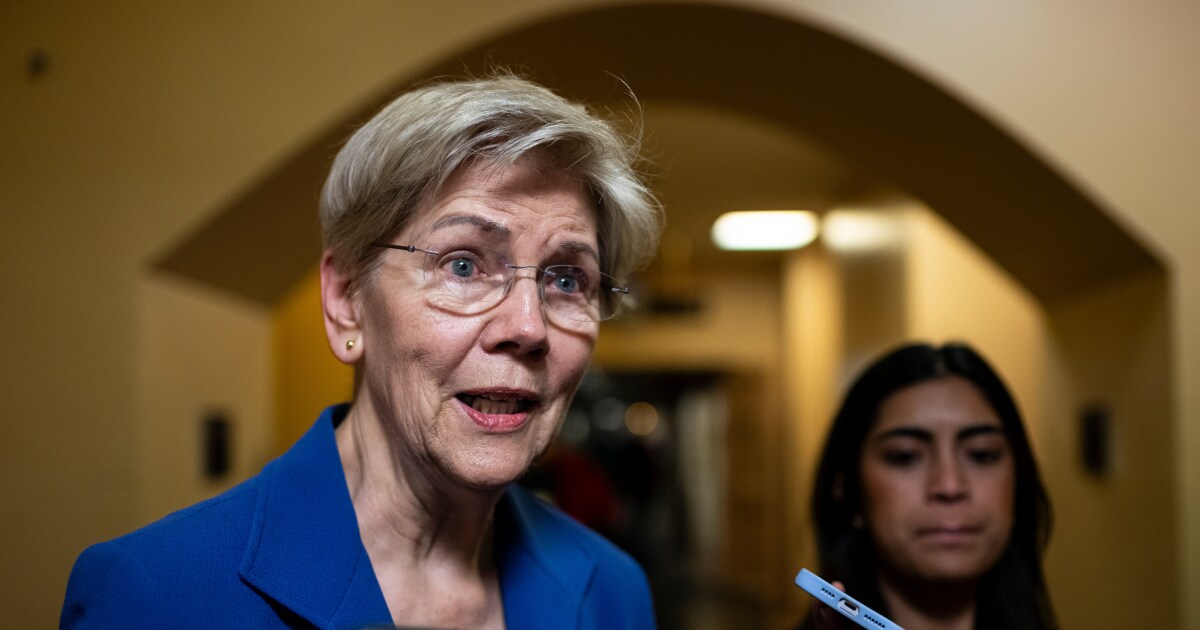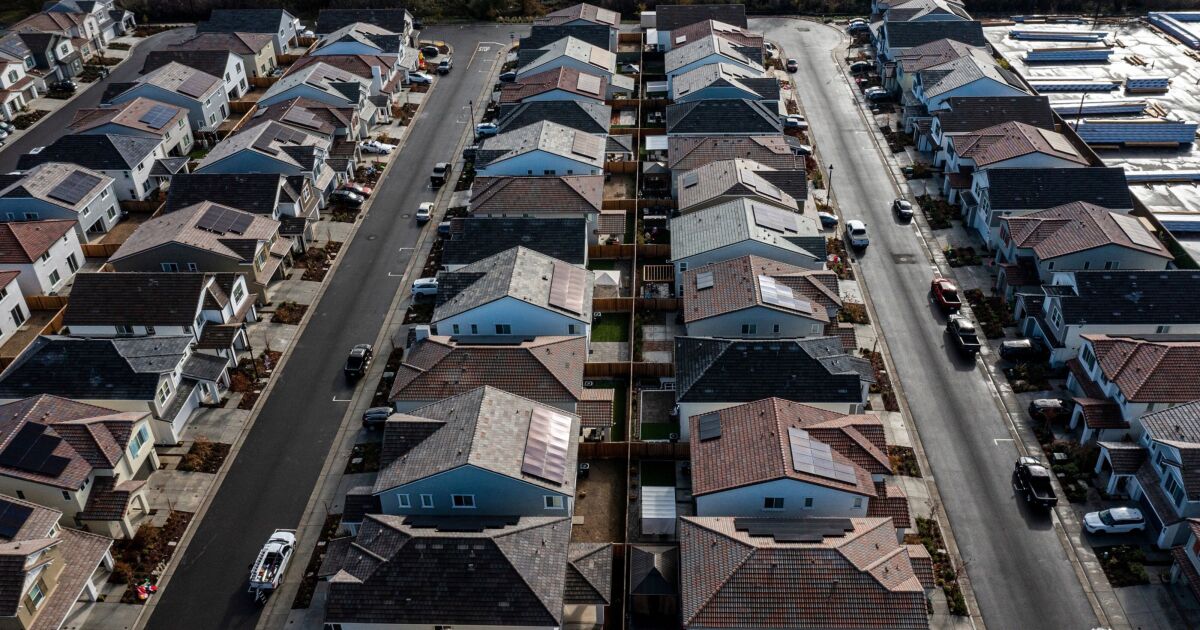
Since its re-entry in the low-income housing tax credit market, Fannie Mae has provided $3.2 billion worth of investments in affordable rental properties, it reported this week.
The funding has helped Washington-based Fannie Mae increase access to not only housing, but also services, such as on-site job training, counseling services and after-school programs, particularly in underserved markets, it said. Its capital investment has played a role in financing over 1,000 LIHTC-backed properties in 49 states as well as other federal territories, including 90 constructions in high-need rural areas between 2018 and 2022.
LIHTC, a government incentive administered by the Federal Housing Finance Agency, helps finance construction or renovation of approximately 90,000 units nationwide for low-income residents annually.
Fannie Mae also noted its equity investments have supported housing for those in significant need, such as Native American and rural communities, and areas affected by natural disasters.
"Fannie Mae continues to take full advantage of the LIHTC program's opportunity to fulfill our mission, while leading the market in serving those who need assistance most," said Dana Brown, the GSE's vice president, multifamily customer engagement, in a press release.
After their participation in the LIHTC market was suspended following their placement into conservatorship, the government-sponsored enterprises were permitted to restart investing in the LIHTC market in 2017. In 2021, the FHFA upped the annual investment cap for both Fannie Mae and Freddie Mac to $850 million from $500 million.
While the tax credits are often used by investors to meet goals spelled out within the Community Reinvestment Act or for their own economic benefit, participation from the GSEs falls in neither of those categories, but supports their mission of promoting home affordability.
LIHTC investments, though, are included among the key activities in the FHFA's Duty to Serve guidelines for the government-sponsored enterprises to help preserve affordable housing. Expansion of LIHTC also figures prominently in the Biden administration's efforts to address the country's housing-supply shortage.
"We look forward to continuing to work alongside our LIHTC market partners, who share in our commitment to address the nation's affordable housing supply crisis, as a reliable source of capital for these crucial investments," Brown said.
Established in 1986 and made permanent by Congress in 1993, the LIHTC program required developers of multifamily properties to maintain affordable units for 30 years after 1990. But the expiration of many 30-year mandates in the next decade has led affordable-housing advocates to lobby for changes in policy, which would extend the term into perpetuity.
Among LIHTC-backed properties benefiting from Fannie Mae investment capital in the last two years was a development in Oroville, California, which assisted families who lost their homes in a 2018 wildfire and received $25 million. A $13.5 million investment went to a multifamily complex in Houston to help provide housing for the homeless, veterans and victims of domestic violence.



